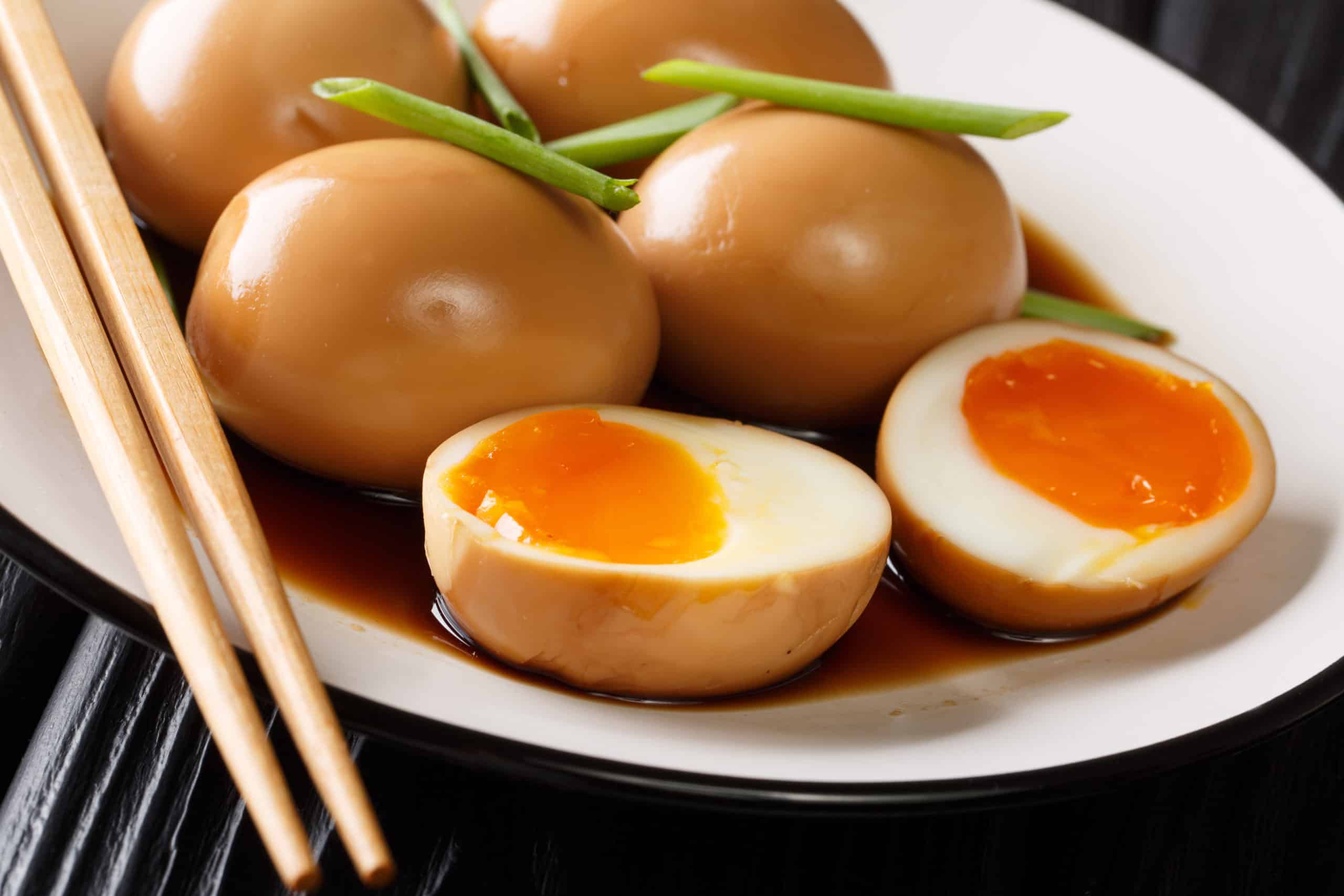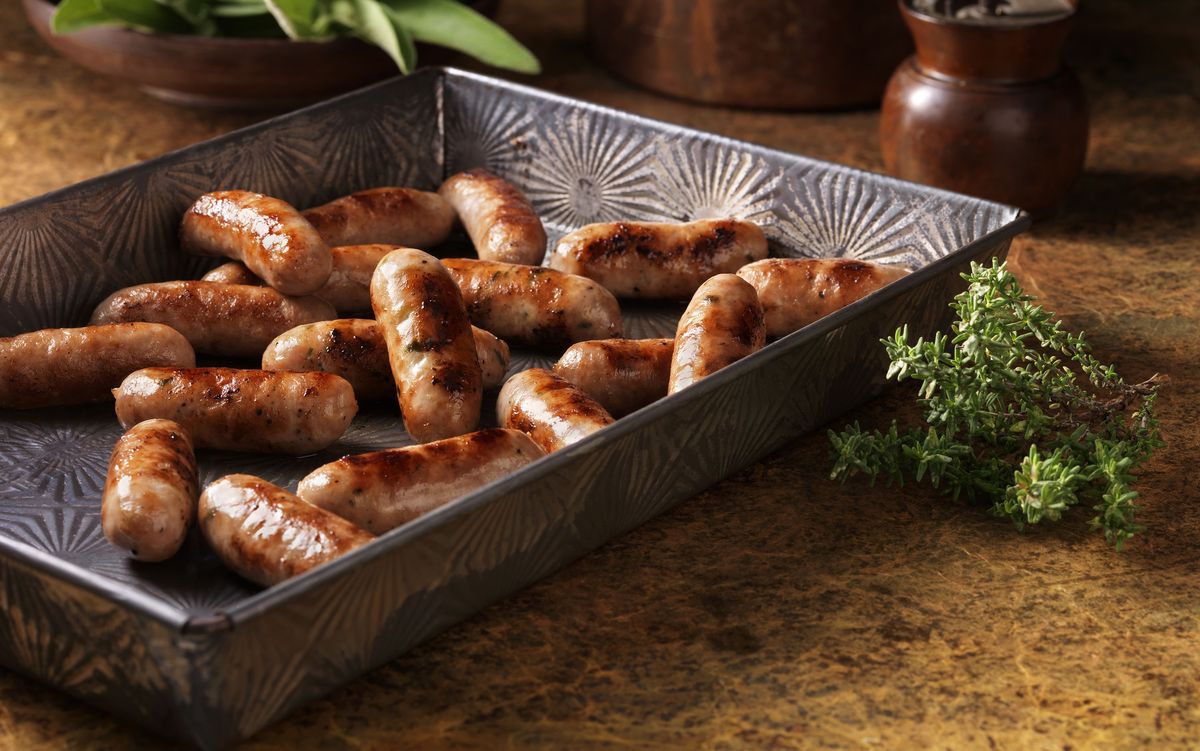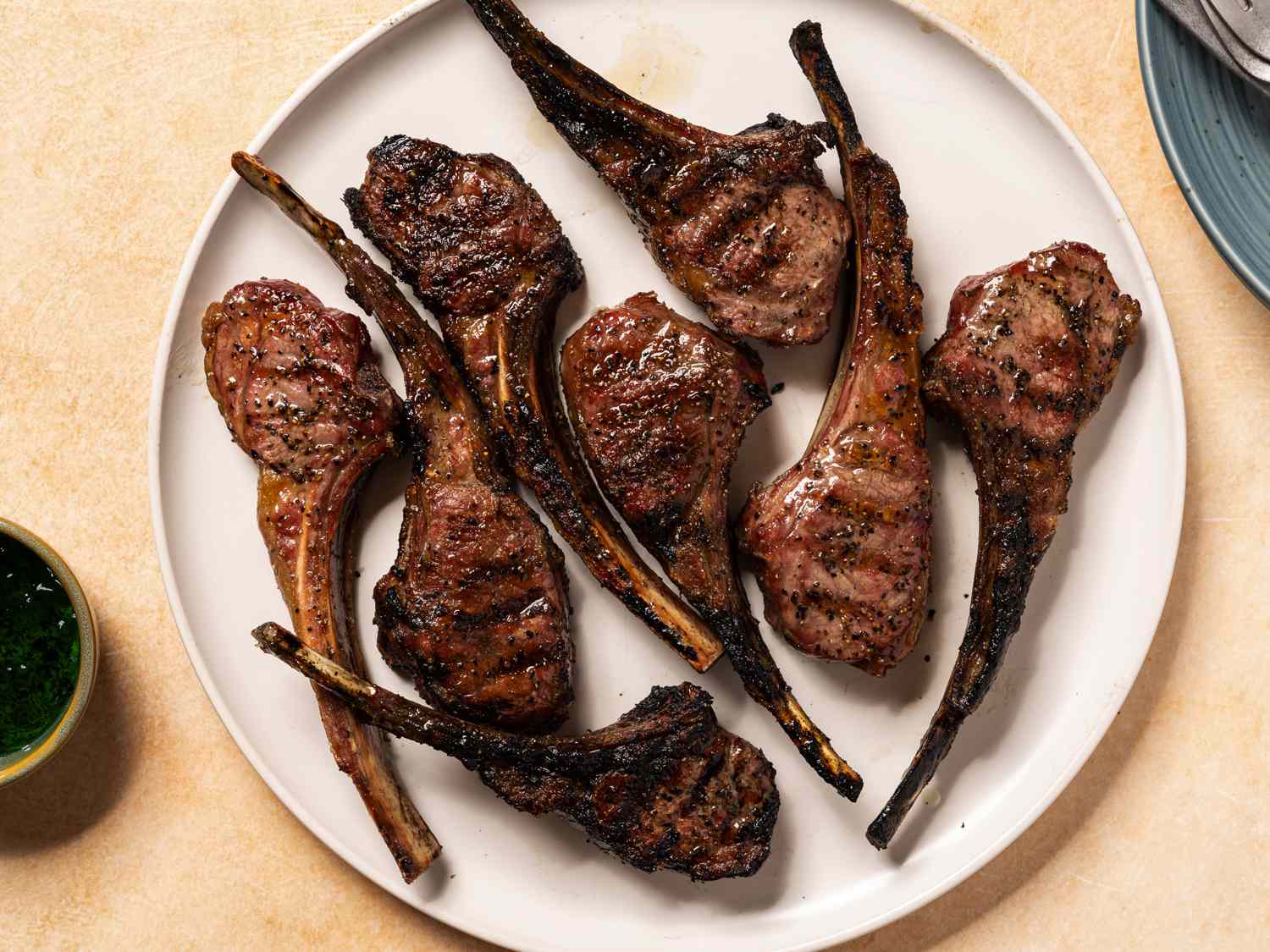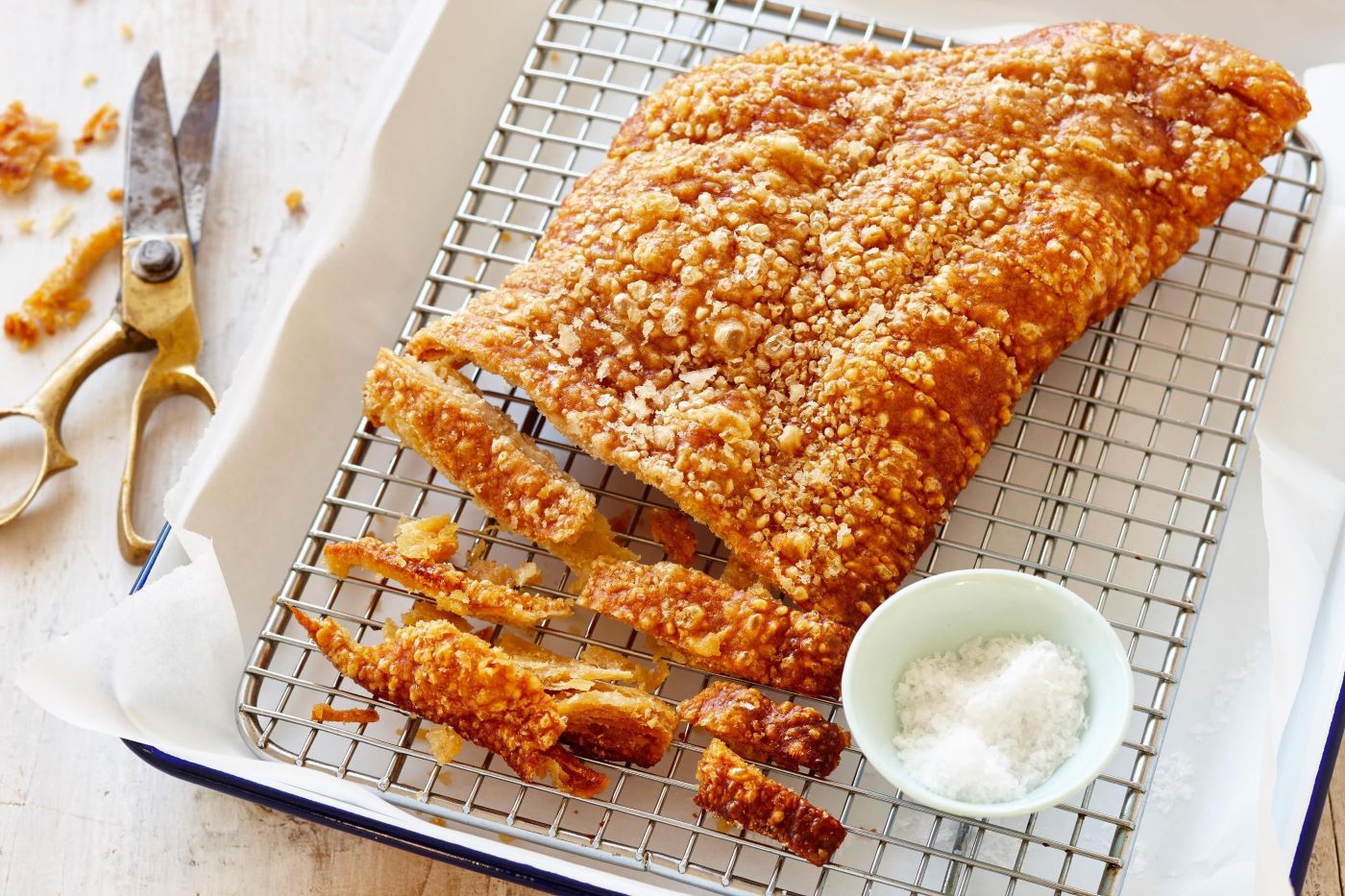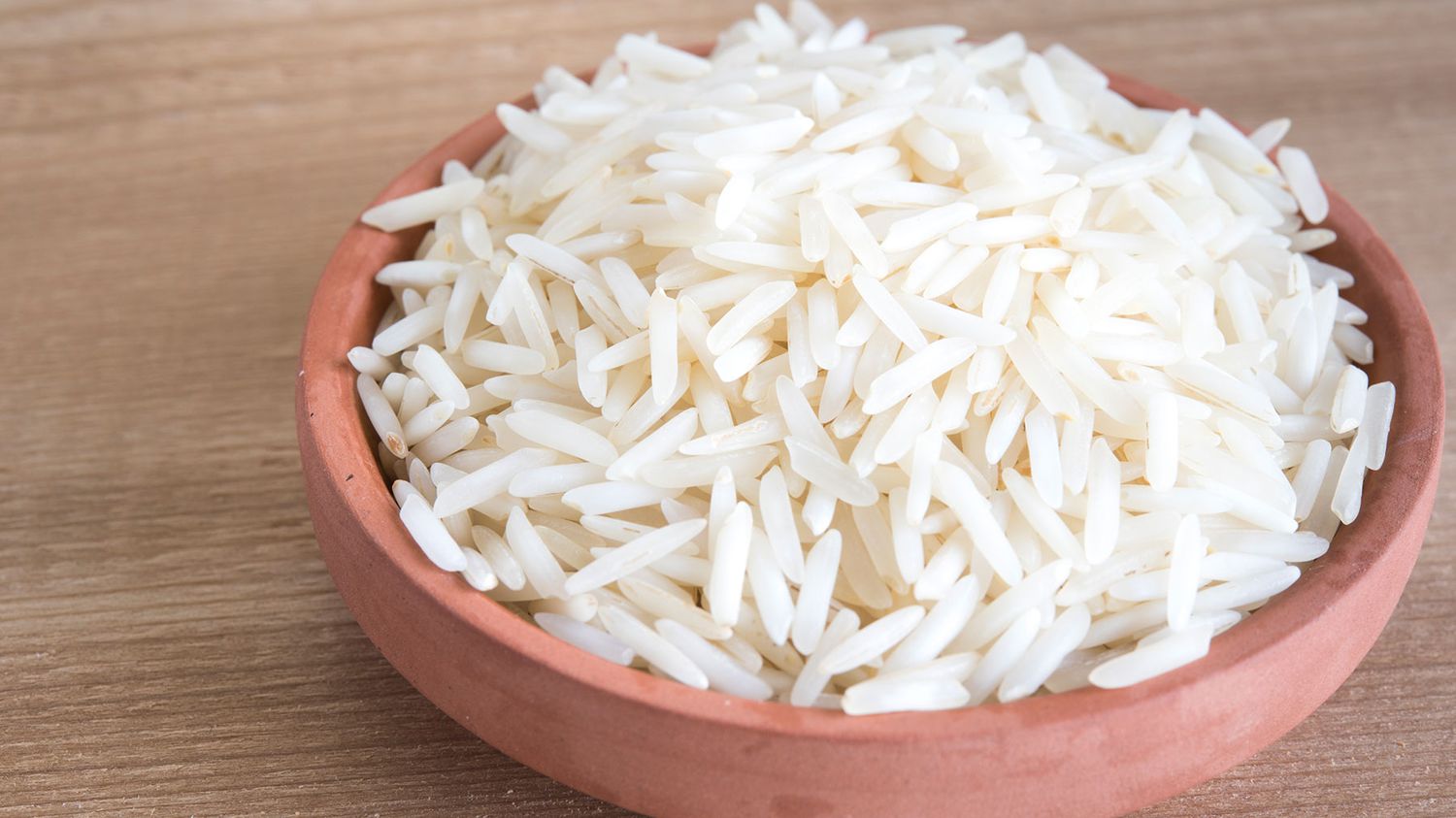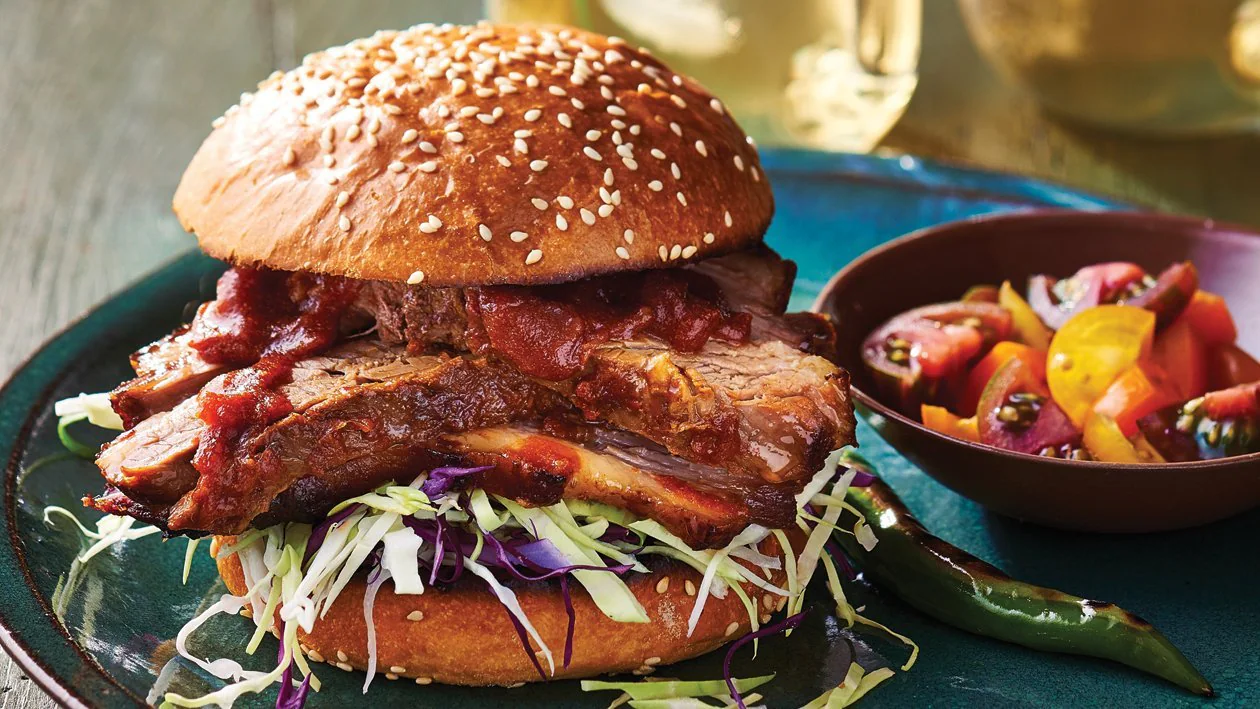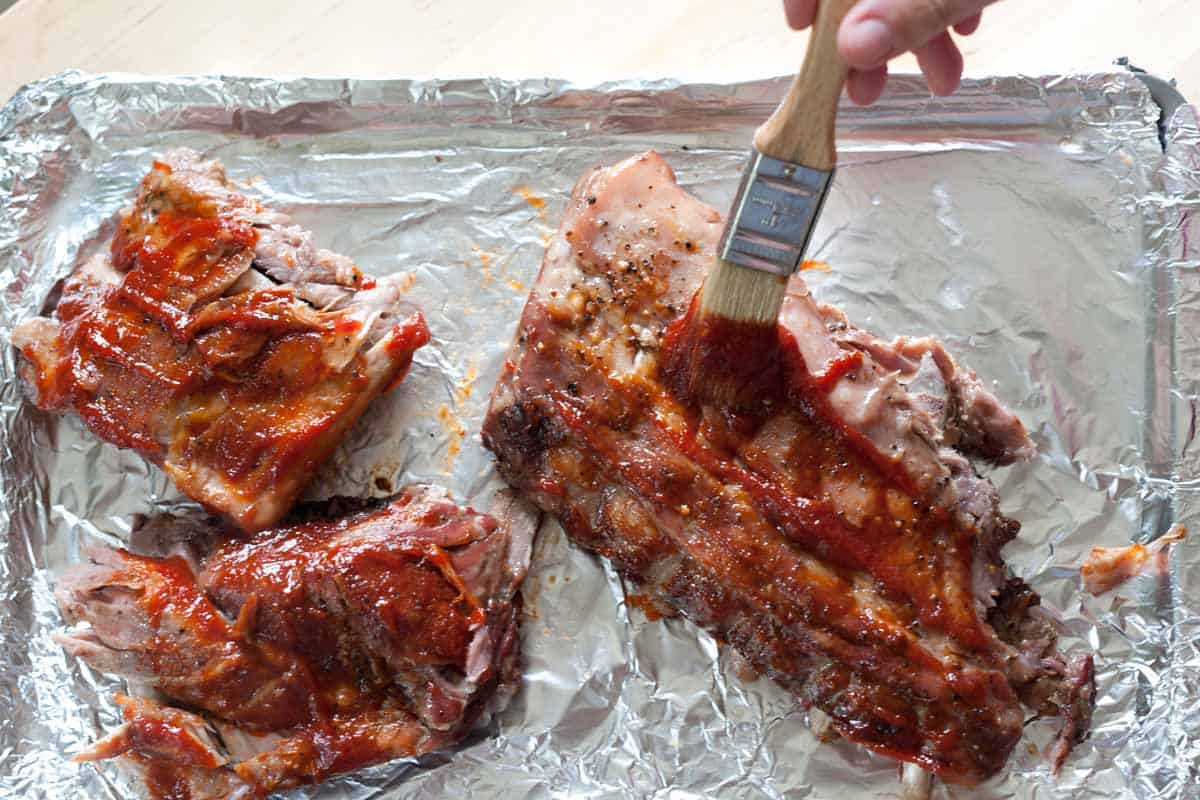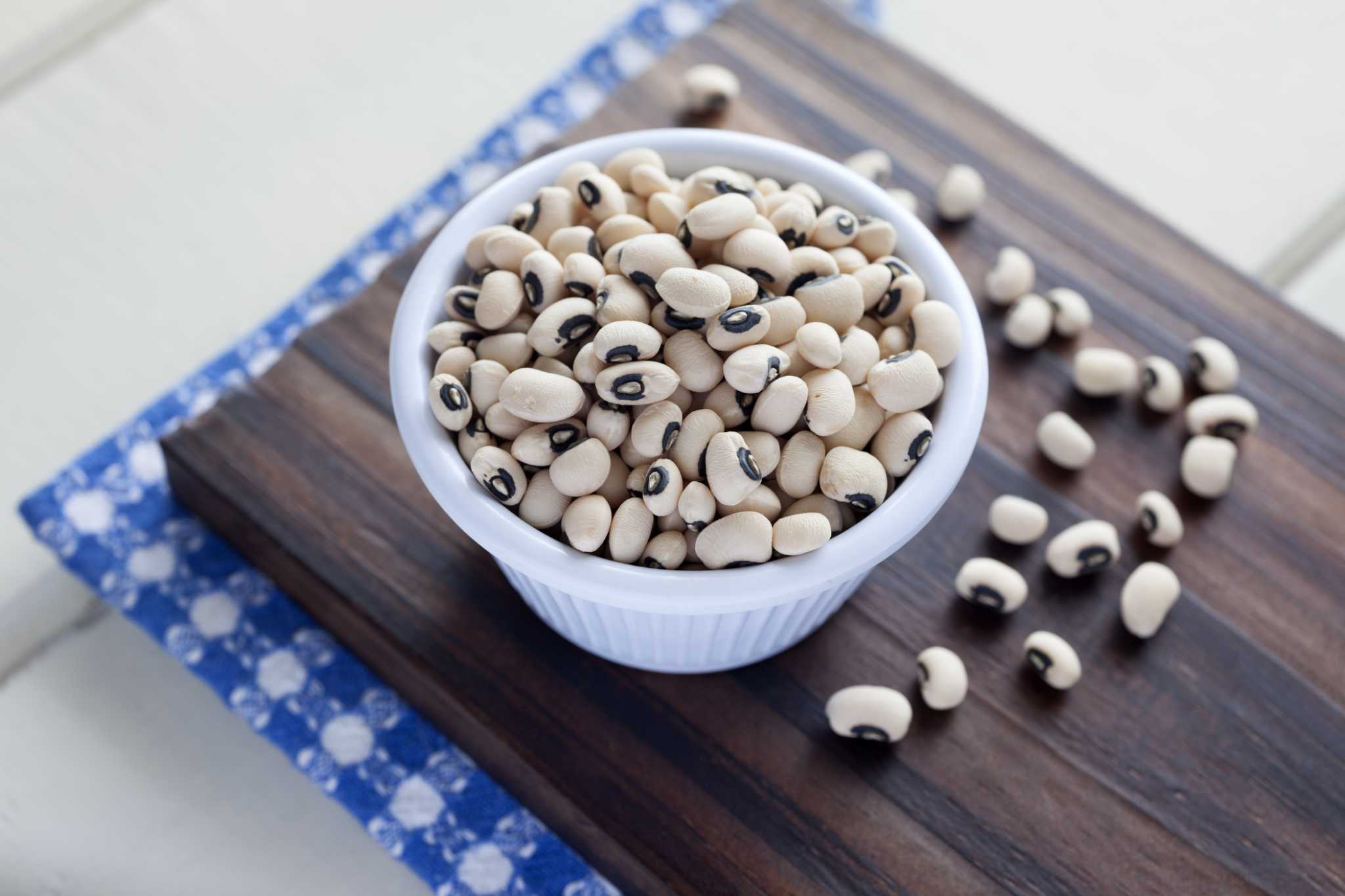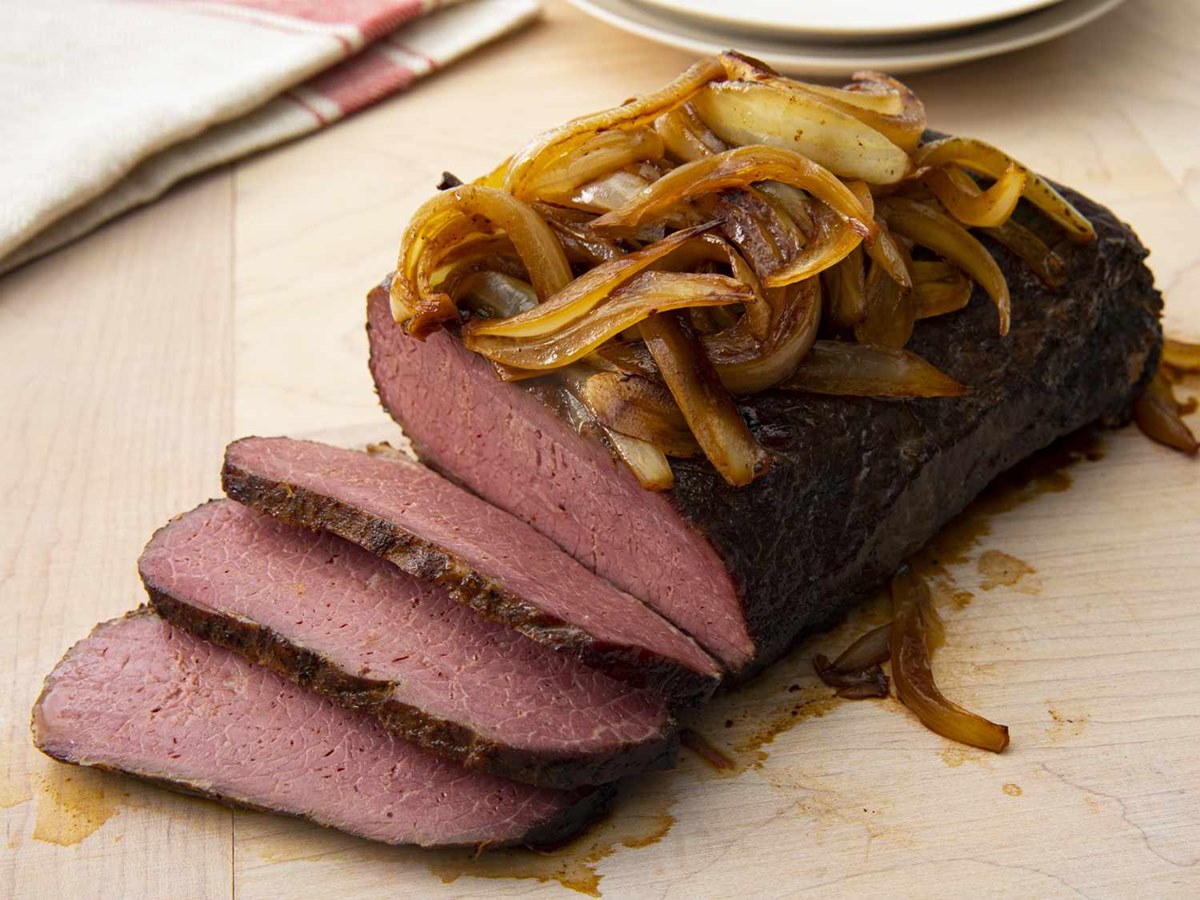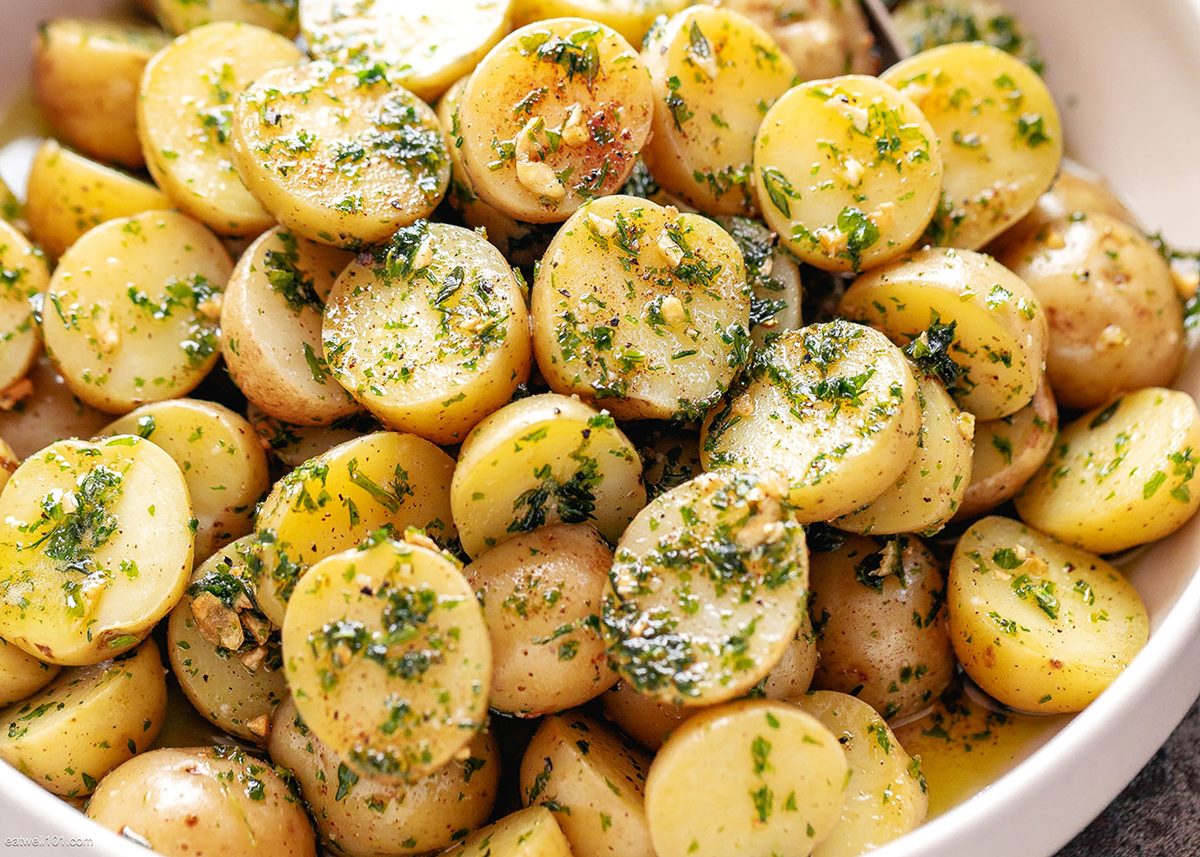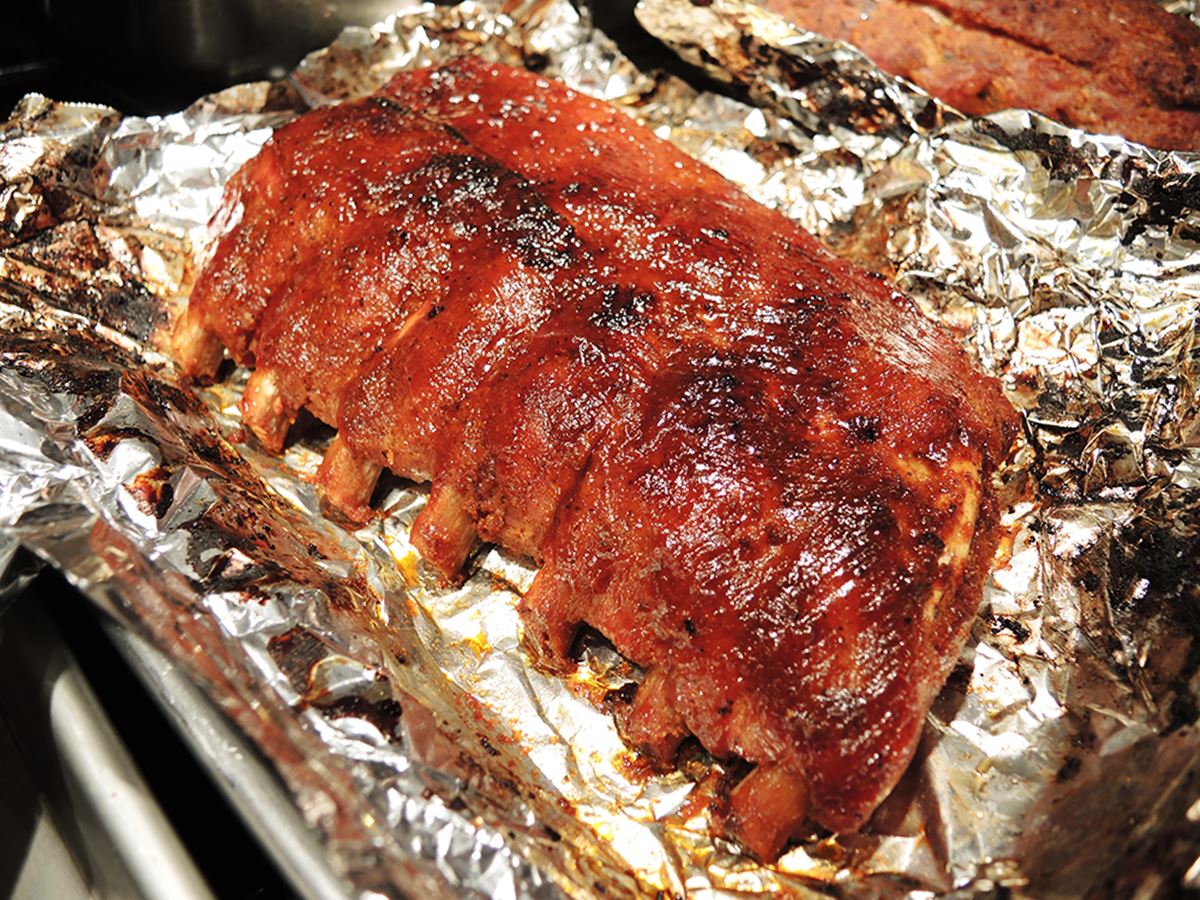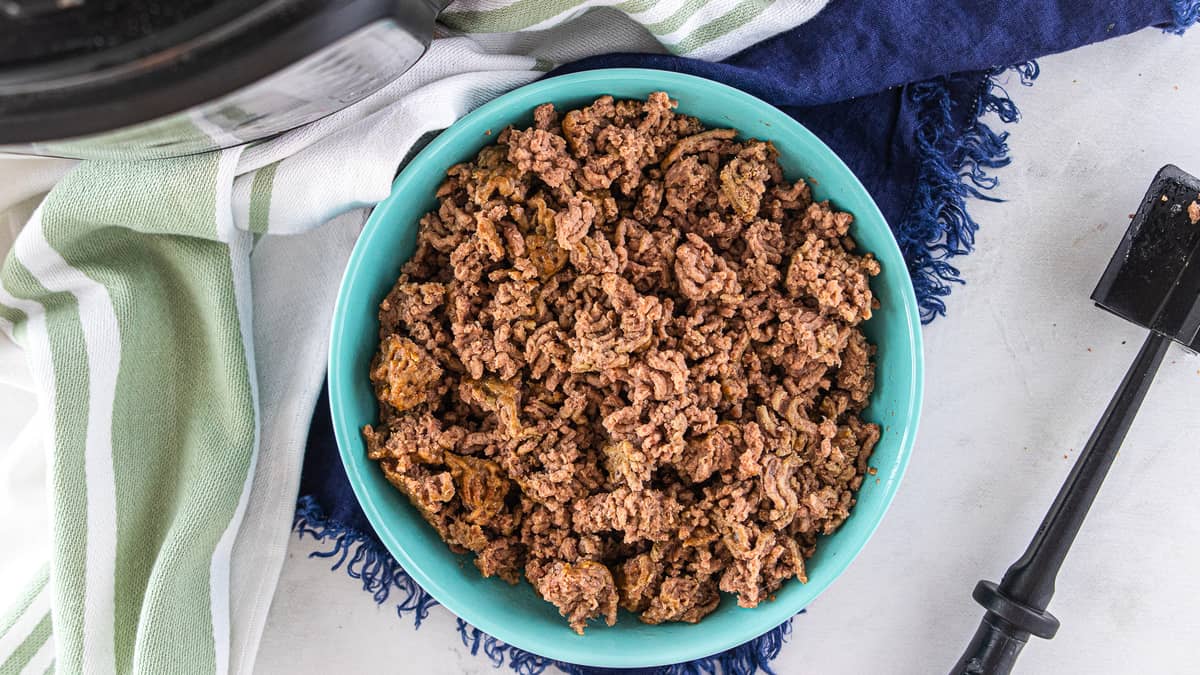Discover the Secrets of Cooking Delicious Frozen Cabbage
Are you wondering how to transform that bag of frozen cabbage into a mouthwatering dish? Look no further! In this guide, we’ll reveal the secrets to cooking frozen cabbage to perfection. Whether you want to enjoy it as a side dish or incorporate it into your favorite recipes, we have you covered. Let’s get started!
Why Choose Frozen Cabbage?
Frozen cabbage is a convenient option for those who want to enjoy the goodness of cabbage without the hassle of prepping and chopping. It retains most of its nutrients and offers a longer shelf life compared to fresh cabbage.
Tips for Preparing Frozen Cabbage
Before we delve into cooking techniques, here are a few tips to ensure your frozen cabbage is ready to be cooked:
- Thaw the cabbage: Place the frozen cabbage in the refrigerator overnight to allow it to thaw. This step will make the cooking process easier and enhance the flavor.
- Drain excess water: After thawing, make sure to drain any excess water from the cabbage. This will prevent it from becoming soggy and help maintain its texture.
Delicious Ways to Cook Frozen Cabbage
Now that your thawed cabbage is ready, let’s explore some delectable ways to cook and savor it:
1. Sautéed Frozen Cabbage
Sautéing frozen cabbage is a simple yet flavorful method that brings out the natural sweetness of the vegetable. Here’s how:
- Heat a tablespoon of olive oil in a skillet over medium heat.
- Add a clove of minced garlic and sauté until fragrant.
- Next, add the thawed and drained cabbage to the skillet.
- Sprinkle some salt, pepper, and a pinch of red pepper flakes for a kick of heat.
- Sauté for 8-10 minutes until the cabbage is tender yet still has a slight crunch.
- Squeeze a splash of fresh lemon juice over the cabbage and toss to combine.
- Serve as a delightful side dish or top it on your favorite protein for a nutritious meal.
2. Roasted Frozen Cabbage Wedges
If you’re looking to add some caramelized goodness to your cabbage, roasting is the way to go. Follow these steps for irresistible roasted cabbage wedges:
- Preheat your oven to 425°F (220°C).
- Line a baking sheet with parchment paper or aluminum foil.
- Cut the thawed cabbage into wedges, keeping the core intact, to ensure they hold their shape while roasting.
- Brush the wedges with olive oil and season with salt, pepper, and your favorite herbs, such as thyme or rosemary.
- Arrange the cabbage wedges on the prepared baking sheet.
- Bake for 25-30 minutes or until the edges are golden brown and crispy.
- Garnish with a sprinkle of parmesan cheese for an extra burst of flavor.
3. Creamy Frozen Cabbage Soup
Warm up with a comforting bowl of creamy cabbage soup. Here’s a delightful recipe to try:
- In a large pot, melt a knob of butter over medium heat.
- Add diced onions and cook until translucent.
- Add diced carrots, celery, and thawed cabbage to the pot.
- Sauté for a few minutes to infuse the flavors.
- Pour in vegetable or chicken broth, enough to cover the vegetables.
- Bring the soup to a boil, then reduce the heat and let it simmer for about 20-25 minutes.
- Using an immersion blender or regular blender, puree the soup until smooth and creamy.
- Stir in a splash of heavy cream or milk and season with salt, pepper, and herbs of your choice.
- Simmer for a few more minutes to allow the flavors to meld together.
- Serve hot, garnished with a sprinkle of fresh herbs.
Explore the Versatility of Frozen Cabbage
With these cooking techniques in your culinary toolkit, you can now turn that bag of frozen cabbage into an array of appetizing dishes. From sautés to roasts and soups, frozen cabbage offers limitless opportunities to elevate your meals. So go ahead, embrace the convenience and deliciousness of frozen cabbage today!
More Delicious Recipes Featuring Frozen Cabbage
After mastering the art of cooking frozen cabbage, you may be eager to put your new skills to the test with a variety of delightful recipes. Engage your taste buds with the Hearty Cabbage and Sausage Delight that combines hearty flavors in one pan, or dive into the comforting Velvety Cabbage Soup Indulgence. For a unique twist, the Crispy Cabbage Wedges Delicacy offers a crispy, caramelized option. If you're in the mood for something light yet flavorful, the Zesty Sautéed Cabbage Creation is highly recommended due to its zesty profile. Each of these recipes utilizes the methods discussed in the guide, enabling you to enhance your culinary repertoire effortlessly.
Was this page helpful?
Read Next: How To Cook A Steak Well Done In The Oven
